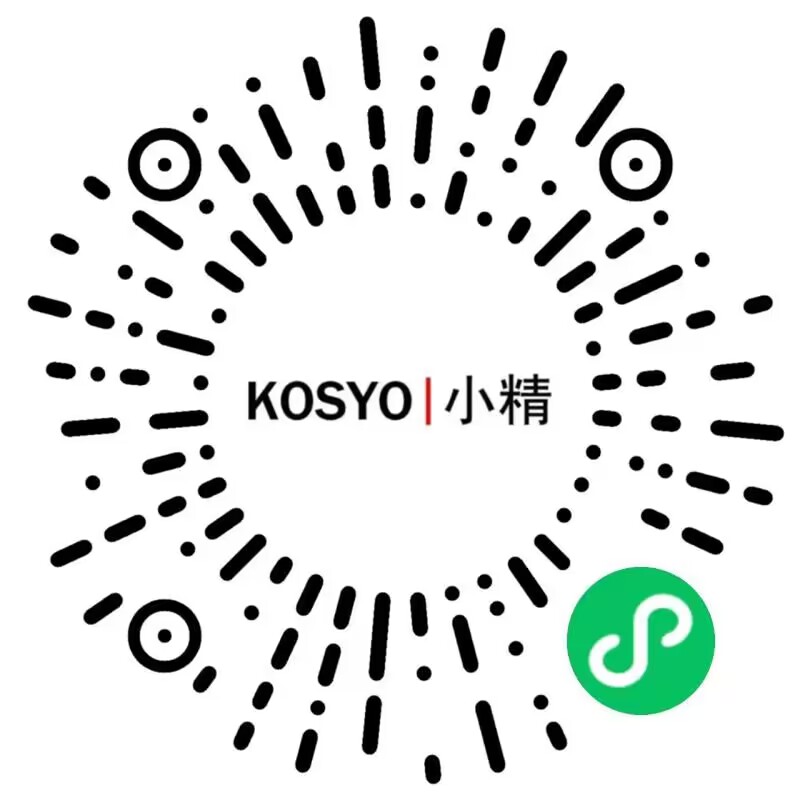 [email protected]
[email protected] No. 1819, Renmin West Road, Cao'e Street, Shangyu District, Shaoxing City, Zhejiang Province, China
No. 1819, Renmin West Road, Cao'e Street, Shangyu District, Shaoxing City, Zhejiang Province, China

+86-18158752211
 2025.10.06
2025.10.06 Industry News
Industry NewsA rice transplanter maintenance plan is fundamental to ensuring high efficiency and low failure rates throughout the operating season. Professional seasonal and daily maintenance goes beyond simple cleaning and oiling; it's based on a thorough understanding of the machine's operating status, wear on key components, and the operating environment. A scientifically formulated maintenance plan with key indicators can effectively reduce downtime, lower operating costs, and significantly extend the life of the equipment.
Key Operating Indicators: Guiding the Frequency and Priority of Daily Maintenance
The frequency and focus of daily maintenance should be directly linked to the machine's actual operating volume, rather than simply following a calendar cycle.
1. Accumulated Operating Hours
Accumulated operating hours are the most direct indicator of a rice transplanter's workload.
Definition: It determines the replacement intervals for engine lubricating oil, hydraulic oil, and filters. For example, an internal combustion engine-powered rice transplanter typically requires basic maintenance every 50 to 100 hours of operation, including replacing the engine oil, oil filter, and air filter.
Professional Requirements: This data must be accurately recorded and used in conjunction with the manufacturer's recommended standards to develop a maintenance schedule. Ignoring this indicator may lead to lubrication system failure and accelerated wear of the engine and transmission.
2. Operating Area
Using the operating area (mu/hectare) as a supplementary indicator, it is particularly useful for measuring the life of wear parts that come into direct contact with the field.
Definition and Purpose: The degree of wear on components such as the transplanting arm, seedling pusher, and pontoon chassis is directly proportional to the operating area. After completing a specific area (e.g., 500 mu), these components require focused inspection and adjustment.
Professional Requirements: This helps predict the replacement cycle for wear parts, allowing for pre-ordering of spare parts and avoiding extended downtime due to minor component failures.
3. Sludge Contamination Index
Since rice transplanters operate in paddy fields, the intrusion of mud, rust, and weeds is common.
Definition and Purpose: This indicator assesses the thoroughness of post-operation cleaning and anti-corrosion measures. If the working environment is highly muddy, daily cleaning of the chassis and transplanting mechanism must be more frequent and thorough to prevent solidified mud from causing mechanical seizures and seal wear.
Professional Requirements: Ensure that all drive chains, gearboxes, and exposed metal parts are cleaned, dried, and coated with grease or rust inhibitor during downtime.
Key Component Condition Indicators: Determine the Depth of Seasonal Maintenance
Seasonal maintenance is typically performed before or after the start of the operating season. Its core focus is a comprehensive and in-depth inspection and repair of the machine's core mechanisms and safety systems.
1. Drivetrain Elongation and Wear
The drivetrain is the core of the rice transplanter's power.
Chain and Belt: Measure the chain's elongation and the belt's tightness/wear cracks. Elongation exceeding the manufacturer's specified tolerance means the chain needs to be adjusted or replaced; otherwise, it may cause tooth skipping or breakage.
Gearbox: Check the gearbox oil cleanliness and level. The presence of large amounts of metal particles or emulsification in the oil indicates severe wear on gears or bearings, or seal failure. The oil seals and gear oil require immediate replacement.
2. Planting Mechanism Clearance
The quality of rice transplanting depends on the precise alignment of the planting arm, seedling pusher, and seedling delivery mechanism.
Clearance Measurement: Professional maintenance personnel should use a feeler gauge or other tool to measure the clearance between the planting arm and guide plate, and between the seedling pusher and seedling separator. Excessive clearance will lead to unstable planting and a high seedling damage rate; too small a clearance may cause mechanical interference and frictional heat generation.
Synchronicity: Check the planting synchronization of multi-row transplanters. Lagging or advancing any row will disrupt the uniformity of row and plant spacing, affecting the final seedling condition in the field.
3. Engine/Hydraulic Health
This is critical to ensuring machine power and control.
Engine: Check starting performance, idle stability, and power output for rated power. Measure battery voltage, generator charging current, and coolant freezing point (for winter maintenance).
Hydraulic System: Inspect all hydraulic lines for leaks and deterioration. Measure the hydraulic pump's output pressure to ensure that it meets the system rating to ensure proper functioning of functions such as float lift and power steering.
Economic and Safety Indicators: Ensuring Long-Term Operational Value
Maintenance planning should also consider the machine's long-term operational value and operational safety.
1. Maintenance Cost Ratio
Compare maintenance costs (spare parts, labor, lubricants) with the machine's depreciation cost and operating income.
Definition: The cost of preventive maintenance should be significantly lower than the cost of emergency repairs and downtime due to failures. An excessively high maintenance cost ratio may indicate a gap in the maintenance plan or that the machine has reached the end of its lifespan.
Professional Requirements: Leverage historical data to conduct lifecycle analysis of frequently failing components and implement condition-based maintenance (CBM) rather than simply interval maintenance.
2. Safety Feature Status
This is the baseline indicator for any maintenance program.
Definition: Checks the functionality of all safety guards, emergency brakes, ignition switches, and warning lights.
Professional Requirements: Ensures operator safety and machine structural safety, especially for high-speed implant mechanisms and rotating components.






